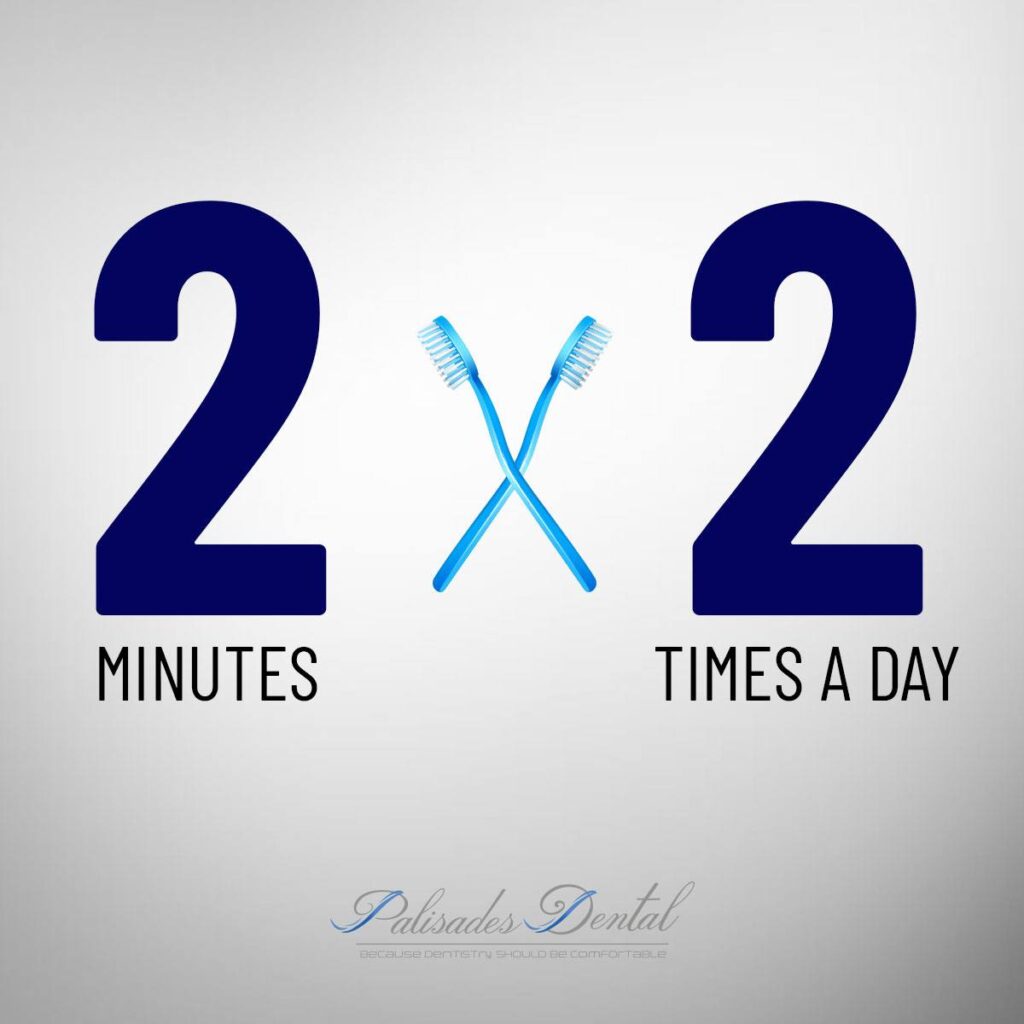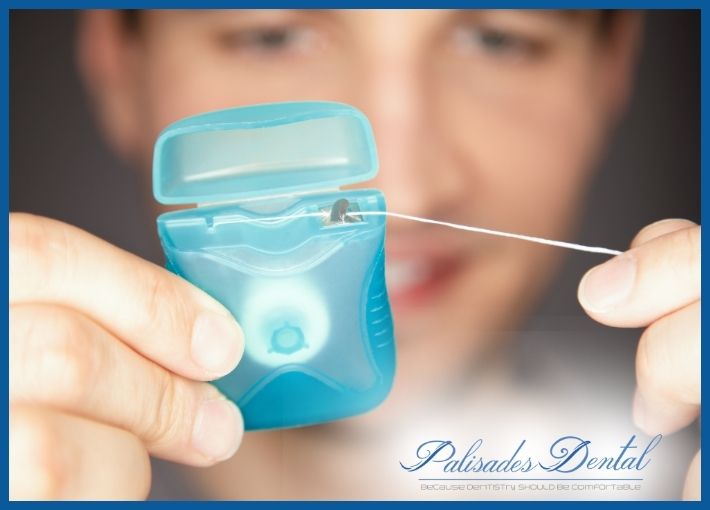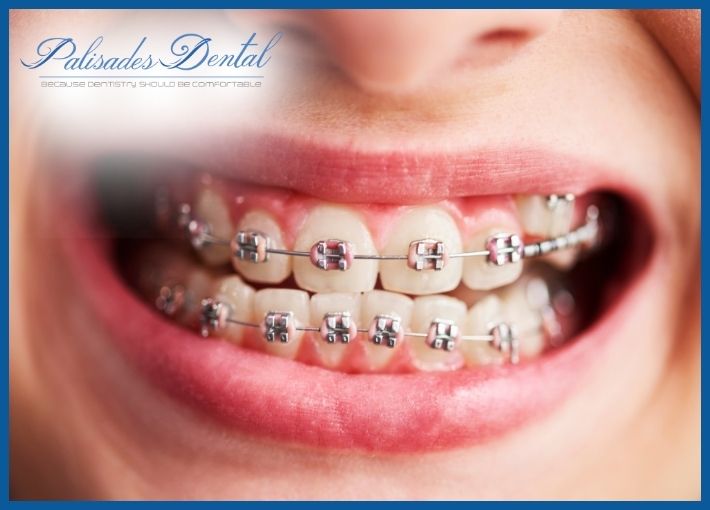Proper flossing removes plaque and food particles from between your teeth and along the gum line, areas your toothbrush can’t reach. When done correctly, it can prevent cavities, gum disease, and bad breath, ensuring your smile stays healthy and bright. Ready to master the art of flossing? Let’s get started!
Dr. Jeff Youngquist and his team are experts at crafting beautiful smiles. Their ability to give you the smile you have always wanted is unsurpassed. Our team of dentists is committed to maintaining your oral health while also increasing your confidence through an improved smile. We make sure that each patient in our office feels comfortable from the time he or she steps in until the dental service is complete. Come in and meet with us for a no-cost consultation!
Maintaining proper oral hygiene requires several good oral care habits, such as brushing and flossing, or cleaning between the teeth and under the gum line. When performed together, these good habits thoroughly clean the numerous areas of the mouth where bacteria and plaque can build up, potentially preventing tartar, cavities, and even more serious issues. But you might be wondering: is flossing necessary? Can’t you just brush? Read on to learn more about the importance of flossing and how to do it right.
Why is Flossing Necessary?
Flossing, or interdental cleaning, is a vital part of good oral hygiene. Throughout the day, a sticky film called plaque (or biofilm) builds up in your mouth. Plaque contains bacteria that feed on the sugars in your food and drink, producing acid that can be harmful to your teeth and gums.
Brushing twice a day helps to remove plaque bacteria and food debris from your mouth, and to stop plaque from building up. However, the spaces between your teeth (interdental spaces) and under the gum line can be hard to reach with a toothbrush, so plaque can hide away here and thrive. That’s where dental floss comes in.

Using dental floss is an effective way to remove plaque, bacteria, and food particles trapped between the teeth and below the gum line. When used every day alongside toothbrushing, it can help to reduce the risk of developing a number of plaque-related dental conditions.
What If I Don’t Floss?
If plaque is not properly removed by brushing and flossing, it can build up on the teeth and gum line, where it calcifies (hardens) into a substance called tartar. If left untreated, tartar can lead to tooth decay and gum disease. Unfortunately, tartar can only be removed by your dental hygienist and/or dentist with dental instruments or an ultrasonic scaling device.
Luckily, using dental floss once a day is a great step towards preventing plaque and tartar build-up. Start incorporating floss or an interdental cleaning device into your oral hygiene routine. This will ensure that bacteria and plaque are effectively removed from surfaces that a toothbrush can’t reach.
How to Use Dental Floss Correctly
Now that you know that flossing is necessary for maintaining a healthy mouth, it’s important to know how to do it properly. Use this helpful guideline to learn how to floss:

- Break off about 18 inches of floss. Wrap each end around your index fingers to prevent it from slipping.
- Hold the floss firmly between your thumb and forefingers and insert it gently between your teeth.
- Use a gentle back-and-forth motion as you slide the floss up and under the gum line, curving around the tooth in a C-shape.
- Repeat between all teeth, using a new section of floss for each tooth space and discarding it once done.
You may experience bleeding gums when you first begin to floss. This is normal and should stop soon, but if it persists and is severe, you should consult with your dentist as soon as possible.
If you struggle with dental floss – you find it too uncomfortable or you have mobility problems in your hands, for example – there are other interdental cleaning tools available. Ask your dental professional to advise you on alternatives that might better suit your needs, like interdental cleaning brushes, water flossers, or picks.
So is flossing necessary? Absolutely! Toothbrushing alone doesn’t clean the mouth sufficiently, but combining it with flossing will help you to prevent dental issues and maintain a healthy and beautiful smile. Remember to visit your dentist regularly for early detection and treatment of dental issues.

Regular dental cleanings are essential for a healthy, bright smile. Our team is here to make your visit comfortable and effective! Schedule your appointment today at 801-756-1009. For more tips on general dentistry in American Fork, follow us on Instagram.
Reference: [https://www.colgate.com/en-us/oral-health/plaque-and-tartar/flossing-do-i-really-have-to]









